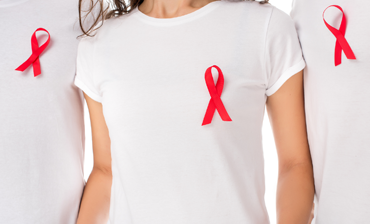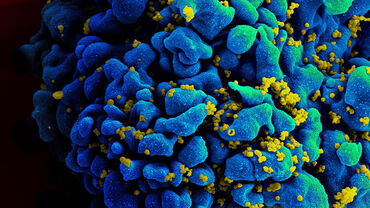World AIDS Day 2019 - Taking a closer look: HIV in women in Europe
Around the globe, more women than men live with HIV. Does the same apply to Europe? We will take a closer look at trends and risk factors for HIV among women.

Overall, the HIV epidemic in the countries of the European Union and European Economic Area (EU/EEA) persists largely unchanged with annually around 30 000 newly reported diagnoses.
What role do women play in the on-going European HIV epidemic? What, if any, are the differences between the regions across Europe and how can we inform prevention and control efforts so they include gender-sensitive services?
New data
Many women in Europe, particularly those over 40, are diagnosed at a late stage of HIV infection when their immune system is already starting to fail. They are three to four times more likely to be diagnosed late than younger women.
Marking World AIDS Day 2019, ECDC and the WHO Regional Office for Europe released new data on HIV and AIDS which show that women accounted for one-third of the 141 000 new HIV diagnoses in the Region. This indicates that this population needs more attention in Europe's prevention and outreach efforts.
Related content
European Test Finder
Find out where you can have a test for HIV, hepatitis or other sexually transmitted infections across Europe. With the European Test Finder, it only takes a few seconds to locate a testing site near you.
HIV Estimates Accuracy Tool
EMIS-2017 – The European Men-Who-Have-Sex-With-Men Internet Survey
This report presents a comprehensive analysis of the results of a 2017 survey among men who have sex with men (MSM). Based on the responses of some 128 000 participants in Europe, it provides insights on their knowledge of HIV, viral hepatitis and sexually transmitted infections (STI), sexual behaviour, prevention needs and testing habits.
HIV and people who inject drugs - Monitoring implementation of the Dublin Declaration on partnership to fight HIV/AIDS in Europe and Central Asia: 2018 progress report
This report summarises key issues related to HIV and people who inject drugs in Europe and Central Asia based on data provided by countries for reporting on the Dublin Declaration in 2018.





